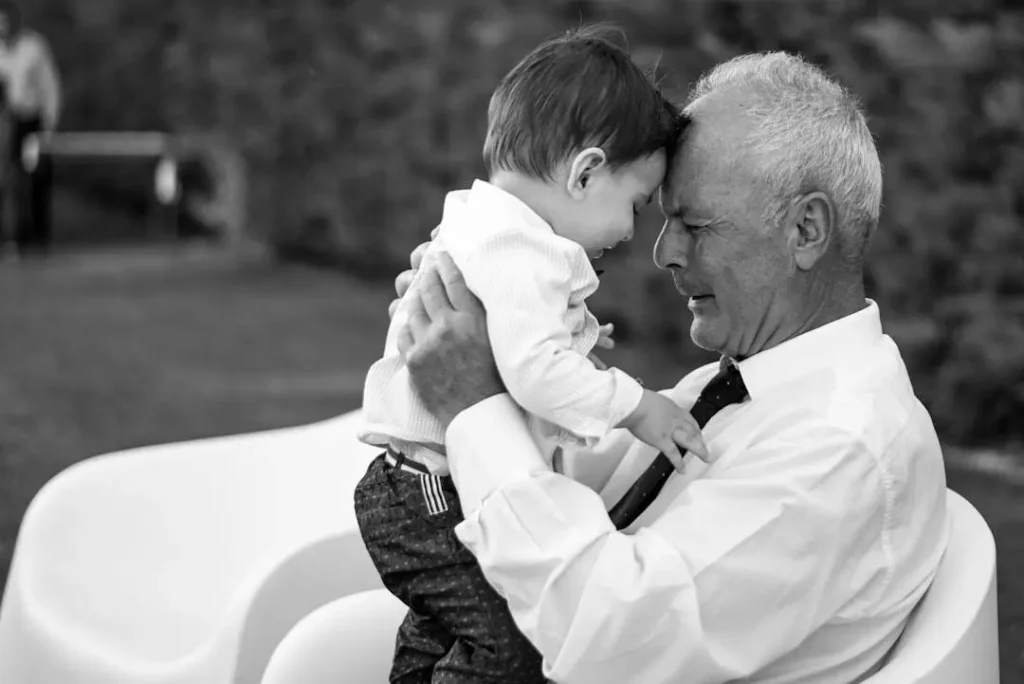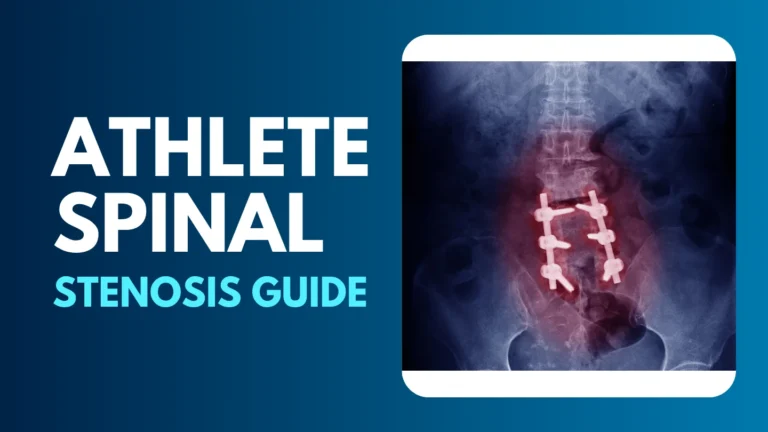Understanding and Providing for a Loved One With Alzheimer’s

Alzheimer’s disease affects an astounding 1 in 9 people over the age of 65, indicating just how essential the understanding of this condition is for many families. This article demystifies the early indicators of cognitive decline and provides actionable strategies for care and communication. It will delve into crafting a conducive environment that caters to the evolving needs of a family member with Alzheimer’s. Below, you will learn to recognize signs and implement supportive measures, offering significant benefits like improved quality of life for the patient and caregivers. Keep reading to gain valuable insights and practical tips for navigating this challenging journey.
Recognizing the Early Signs of Alzheimer’s

Alzheimer’s disease often begins with subtle changes that might be easily overlooked. Early signs include difficulties with memory, particularly in recalling recent events or conversations. It can also manifest as challenges in solving problems, planning, or working with numbers, which may significantly impact daily activities. If you’re wondering what is the biggest difference between Alzheimers and dementia, understanding the early symptoms can provide clarity and help in seeking appropriate care.
Individuals may also experience changes in mood or behavior, becoming more withdrawn or subdued, especially in social settings or activities that require mental engagement. The initial symptoms of Alzheimer’s require keen attention, as they may present themselves differently based on individual experiences and pre-existing conditions.
Language problems are another indicator, as people struggle to follow or join conversations. They might stop during a discussion, finding it hard to continue, or they may repeat themselves. Vocabulary challenges can emerge, making it difficult to name familiar objects or express thoughts effectively.
Finally, a person with Alzheimer’s could lose track of dates, seasons, or the passage of time. They might have trouble understanding something if it is not happening immediately or have difficulty with spatial relationships, such as distance or location, leading to disorientation. These signs necessitate a comprehensive medical evaluation to establish an accurate diagnosis and begin appropriate management of the condition.
Creating a Supportive Environment for Your Loved One

A supportive environment plays a crucial role in the well-being of individuals with Alzheimer’s. Thoughtfully structured spaces can help minimize confusion and anxiety, providing a stable atmosphere that promotes safety and comfort. Professionals recommend using consistent patterns and a familiar layout in living areas to facilitate easier movement and reduce stress for those experiencing memory loss.
When considering adjustments to a living space for someone with Alzheimer’s, simplicity and familiarity are key. One should remove excess clutter and maintain predictability in the arrangement of furniture and belongings. Clear pathways and reducing unnecessary distractions support independence while navigating daily routines.
Lighting, too, is a key element in creating an Alzheimer ‘s-friendly home. Optimal lighting can alleviate the challenges associated with vision impairments and the common ‘sundowning’ phenomenon, where confusion can increase during the evening. Healthcare providers often suggest maximizing natural light during the day and providing ample, non-glare lighting at night to help maintain a sense of time and place.
Incorporating an artificial plant into your loved one’s space can add a touch of nature without the maintenance, creating a calming and aesthetically pleasing environment. This approach avoids the responsibilities of caring for live plants, which may present an undue challenge for individuals facing cognitive decline. A simple, non-demanding addition such as this can enhance the visual appeal of their surroundings without the added stress of upkeep.
Strategies for Effective Communication and Care
When engaging with a loved one experiencing Alzheimer’s, it’s essential to approach conversations with patience and clear, simple questions. This helps in reducing confusion and allows for better communication, supporting their capacity to interact and engage effectively.
Adapting to the home environment can enhance safety and reduce stress for individuals with Alzheimer’s. Securing an uncluttered and familiar setting aids in orienting and providing a sense of security, vital for their overall well-being.
Consistency in daily routines offers stability to someone with Alzheimer’s, as it can minimize anxiety and behavioral challenges. Establishing a regular schedule for activities and care can help them retain a sense of structure and normalcy in their lives.
Providing support for a loved one with Alzheimer’s also entails understanding their limitations and adapting expectations. Recognizing the progressive nature of the disease enables caregivers to adjust levels of assistance accordingly, ensuring compassionate care at every stage.
Altogether, understanding and providing for a loved one with Alzheimer’s requires a compassionate and informed approach to care, communication, and the environment. By recognizing early signs, creating supportive spaces, and employing effective strategies, families can significantly enhance the quality of life for both the individual with Alzheimer’s and their caregivers.


